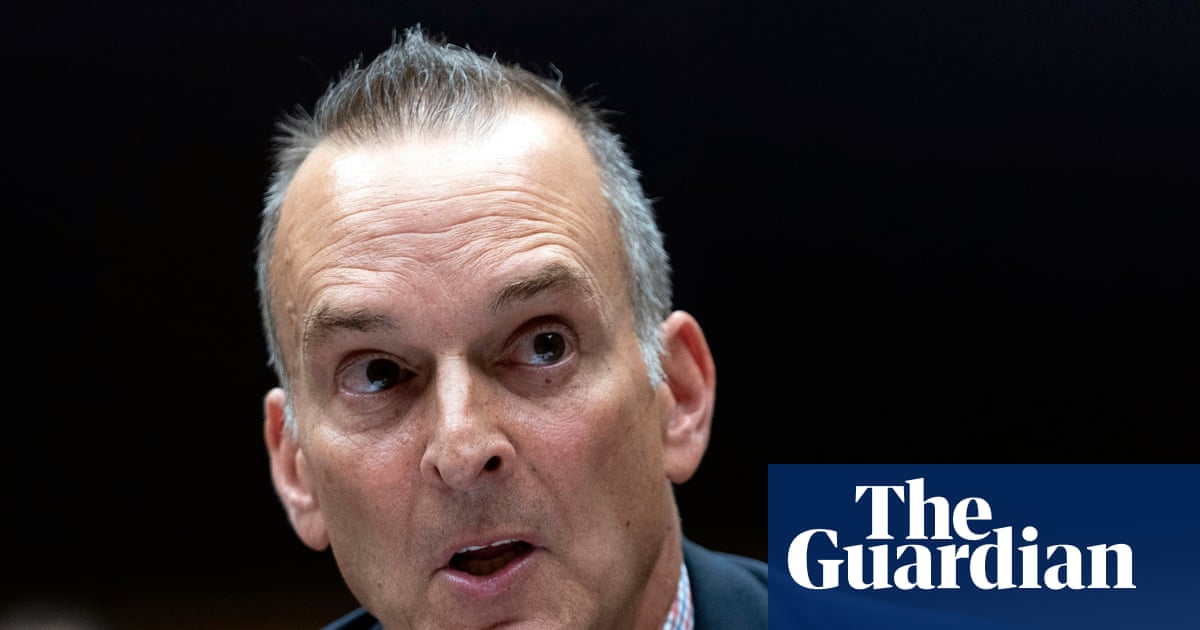Trying to grow your hair? If so, here’s what social media suggests: shampoo daily; don’t shampoo daily; avoid sulfates; embrace sulfates; use protein treatments; absolutely don’t use protein treatments; trim your hair regularly, but not too regularly.
Is that helpful?
The wealth of hair care advice available online is often meted out by telegenic influencers – not medical professionals. Such tips promise you the thick, glossy mane of a thoroughbred, but are based more on vibes than actual science.
In particular, it’s easy to turn new ingredients or formulas into buzzwords. But many products that promise hair growth have not undergone proper research and testing, so it’s unclear whether they can actually do what they promise, says Dr Luis Garza, professor of dermatology at the Johns Hopkins University School of Medicine.
So how does one actually grow longer, healthier hair? We asked experts.
What is the process of hair growth?
Hair grows in three phases, explains Dr Sindhuja Sominidi Damodaran, a dermatologist in the hair loss specialty group at the Mayo Clinic in Rochester, Minnesota.
First, the anagen phase is the active growth phase of the hair cycle, Damodaran explains. The length of this phase depends on where the hair is: two to six years for hair on the scalp, for example, or just a few months for eyebrows and eyelashes. “The longer the hair is in the anagen phase, the lengthier it gets,” Damodaran says.
The catagen phase is a transition phase. It marks the end of active growth, and lasts two to three weeks. The telogen phase is a resting phase; follicles are dormant and no new growth occurs. This usually lasts about three months.
These three growth phases are followed by the exogen, or shedding phase. Old hairs fall out, and in their place, new shafts of hair begin their anagen phase, restarting the cycle.
Hair grows asynchronously, so different strands can be in different growth phases. According to board-certified dermatologist Dr Elyse Love, at any given time, approximately 85% to 90% of hairs are in the anagen phase, 10% to 15% are in the telogen phase, and 1% are in the catagen phase. As for the exogen phase, humans generally shed 50 to 100 hairs per day, Damodaran says.
What determines hair length?
The two main factors that determine hair length are the duration of the anagen phase, and hair breakage.
“Those with longer anagen phases naturally have longer hair,” explains Love.
The length of one’s anagen phase is largely determined by genetics, but can also be affected by hormones, nutrition and environmental factors, says Damodaran.
However, it is hard to calculate the length of your anagen phase, says Damodaran, because there are no commercially available tests.
Even with a generous growth phase, hair needs to stay intact and undamaged in order to grow to its full potential length. Unfortunately, popular styling methods and treatments can often do more harm than good to our tresses, experts say.
“The most common cause of hair damage is probably hair treatments that are excessively drying,” says Garza. When hair gets too dry, it doesn’t have enough moisture and oil to maintain its natural texture and structure, and is therefore more susceptible to breakage.
Such treatments include those that apply excess heat to strands, like blow drying, curling or straightening; and those that apply harsh chemicals, like bleach or chemical relaxers.
Regularly wearing tight buns or braids can also lead to a hair loss condition called traction alopecia, says Love. These styles pull at the hair, and over time, this leads to hair loss. “This most commonly affects the frontal hairline, but can potentially affect any area of the scalp,” Love says.
after newsletter promotion
Hair type is another variable to consider. Damodaran explains that straight hair tends to be mechanically stronger and harder to break than curly or coily hair. Therefore, people with coily hair should use protective styles, and avoid aggressive brushing and combing. “Curly hair benefits from deep conditioning and moisture retaining products”, while straight hair “does well with lighter products to prevent greasiness”, she says.
What are effective hair growth techniques?
There are many types and textures of hair, but “hair growth strategies are the same” for all, says Love.
Maintain a healthy scalp
Besides avoiding harsh, drying treatments, one of the keys to achieving healthy hair is to start at the root. “A healthy scalp is essential,” says Love. Research has shown that a healthy scalp plays a vital role in the production of healthy hair.
Garza recommends washing the hair “with a regularity that prevents dandruff” and to prevent it from getting dry by using conditioners and scalp oils.
Different hair and scalp types will require different shampoo frequencies. “Those with straight, thin hair will likely wash multiple times a week, while those with coils may wash once a week,” says Love.
Use products that are proven to work
For those people struggling with hair loss or thinning, experts recommend minoxidil (US brand name: Rogaine; UK brand name: Regaine), a medicine that can stimulate hair growth in adults. It can be used as a topical foam applied directly to the scalp and is available over the counter. Dermatologists can also prescribe oral minoxidil, in pill form.
Love says that other effective prescription options include spironolactone for female pattern hair loss, and finasteride for male pattern hair loss. It is best to consult with a dermatologist before using any of these options.
Stay calm and eat a balanced diet
Finally, tending to one’s hair often requires tending to one’s overall health. Damodaran recommends keeping stress levels under control – activities like yoga and meditation can help – and maintaining a balanced diet. Iron, zinc and vitamin D are especially important for hair growth, she says.
Be careful of loading up your shopping cart with hair growth supplements, Damodaran warns. “If you have a balanced diet and no deficiencies, there is no need for supplementation,” she says. “Excessive supplementation can lead to other problems, including hair loss.”
Are there treatments for severe hair loss?
If you continue to experience hair loss, it’s important to properly identify the underlying cause, because that will determine the best treatment. Some autoimmune conditions, like alopecia areata, respond best to corticosteroid injections, while female pattern hair loss may be treated through hormone regulation, says Love.
Damodaran also points to conditions like telogen effluvium, or hair loss that occurs as the result of physical or emotional stress like surgery, hospitalization, exams or other major life events. Fortunately, she says, the condition “tends to improve on its own in four to six months once the triggering factor is resolved”.
If you can’t figure out the cause of your hair damage or loss, seek professional help. “It’s helpful to see a board-certified dermatologist for a treatment plan, even if you ultimately prefer non-prescription options,” says Love.

 1 hour ago
4
1 hour ago
4

















































